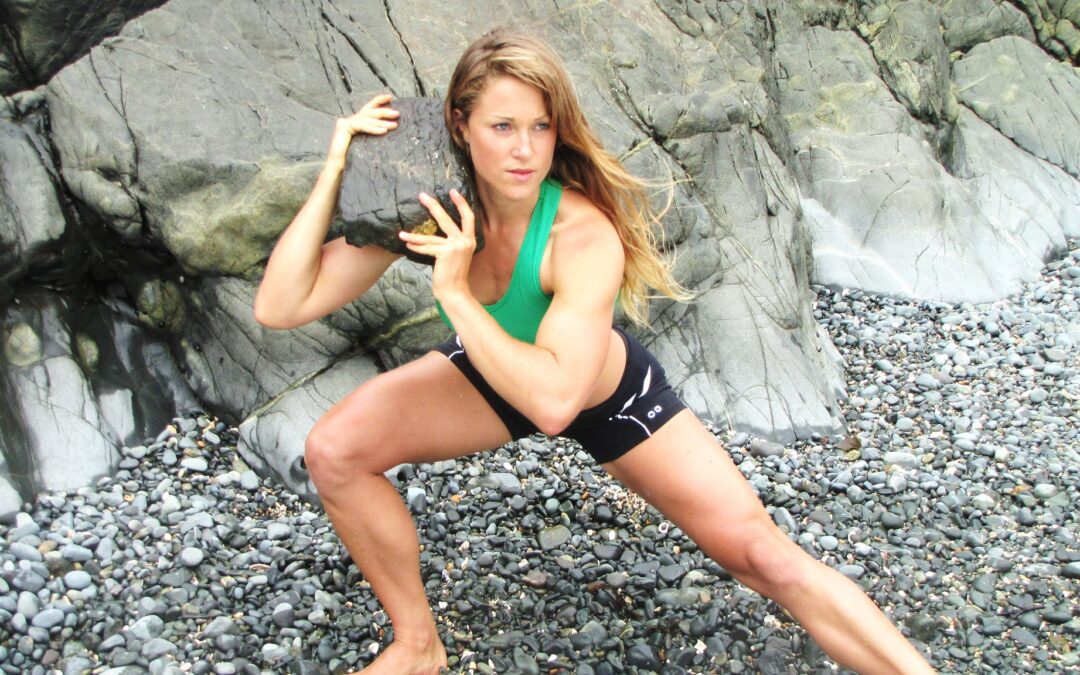Staying fit and healthy while traveling can be a challenge, but it’s certainly not impossible. Whether you’re embarking on a leisurely vacation or a business trip, maintaining your fitness routine is essential for both physical and mental well-being. In this article, we’ll explore practical strategies and effective workouts to help you stay strong, lean, and energized while on the road, ensuring that your adventures don’t derail your fitness goals.
1. Choose as many active outdoor activities as possible. The added bonus of keeping in shape, in my humble opinion, is appreciating nature and experiencing far more that your chosen destination has to offer. Here are some ideas:
- Spend a couple of hours playing tennis, rockclimbing, bike-riding, surfing, stand-up paddle-boarding, skiing, kayaking, canoeing or ocean swimming.
- Choose a trekking path suitable for your fitness ability and take a few hours to digest the scenery in a national park.
- Start the day with 10 or so sets of 30-50m beach sprints and finish off with an ocean swim.
- Spend a few hours walking or rock hopping around coastal bays.
- Choose to walk around the city over public transport.
- Take a new class such as yoga or a native dance class.
2.Throw in some bodyweight movements every 1-2 days (10-20min workout) using your imagination. Examples include:
- Single leg squats / pistol squats.
- Assisted pistol squat (holding onto a bar / rope / rings / person).
- Crossed Pistol Squat (very advanced).
- Handstands (use a wall for balance if you need it).
- Handstand push-ups if you are super strong (use a wall for balance if need be).
- Spiral/screwdriver push-ups (for added shoulder stress).
- Overhead pressing using a large rock – just don’t drop it.
- Swinging a rock in a diagonal path (woodchop action).
- Squatting holding a rock.
- Squatting holding a rock over the shoulder.
- Close-grip push-ups.
- Kids playground; chin-ups and pull-ups, monkeybar locomotion, horizontal pulls using a low bar, step-ups.
- Standard push-ups.
- High-step-ups.
- Hip bridges progressively extending the legs out for more hamstring stress (this can be done bodyweight, without the barbell).
- Harrop curls with the feet anchored or having a partner hold your calves down (natural glute-ham raise). In this youtube video I am using a harness and cable machine, however the same can be performed with a partner holding your calves down as you slowly lower your body.
- Skater to Curtsy Squats.
- Single leg or split stance deadlifts bodyweight or holding a rock.
- Split stance squats / Bulgarian split squats.
- Lying and hanging leg raises.
- Reverse crunches with your head uphill (nature’s decline bench).
3. Stretch tight muscles or mobilize restricted joint areas, especially prone to develop with long periods of sitting while traveling, carrying luggage/backpacks, or previous day activities which you are normally unaccustomed to. I’m often seen at airports and bus terminals using a wall to stretch or placing down a towel as a yoga mat —just avoid downward dogs or other butt-facing-people moves (needless to say, I also admit to performing these in public places).
4. Get plenty of clean, filtered/natural spring water. Travel with your own transportable filter.
5. Eat good quality, whole, real food. Choose hormone, anti-biotic and chemical free food sources where possible. Toxins are stored in fat (a protective mechanism to keep toxins away from organs and the bloodstream), so if we want to keep lean it’s best to be as toxin-free as we can.
6. Timing of food intake. Having larger amounts of food with more carbs/calories just after a heavy workout or after several hours of trekking/climbing/other activity. Just after exercise like this, insulin sensitivity is heightened and glucose receptors have been brought to the surface of muscle cells, favoring whatever is next eaten to be used in the muscle rather than stored as fat in fat cells. Growth hormone is also elevated immediately after exercise compared to when sedentary, so conditions are primed for muscle growth and fat loss rather than fat storage when the next big meal comes. Increase starchy carbs and non-gluten carbs such as rice, sweet potato, pumpkin, turnip, beetroot, corn etc, on days of higher physical exertion.
7. Enjoy a good wine/ spirit /beer from time to time if need be, and keep in mind the fat storing and toxic effects of alcohol with respect to your body-shaping and health goals. Despite some claims, moderate alcohol consumption is not inherently healthy and can still have detrimental effects on overall health.
In conclusion, staying fit while traveling is not only achievable but also rewarding. By incorporating outdoor activities, bodyweight exercises, stretching, hydration, and mindful eating into your travel routine, you can maintain your fitness level and overall well-being regardless of your destination. Remember to listen to your body, adapt to your surroundings, and make the most of the opportunities for movement and nourishment that each journey presents. With these strategies in mind, you can enjoy your travels to the fullest while staying strong, healthy, and energized along the way. Safe travels and happy training!
